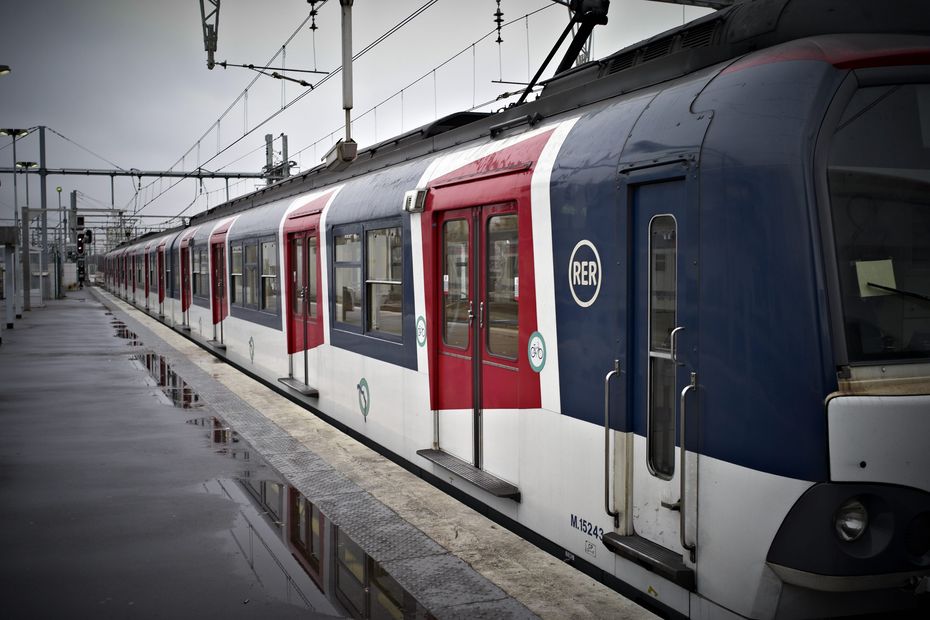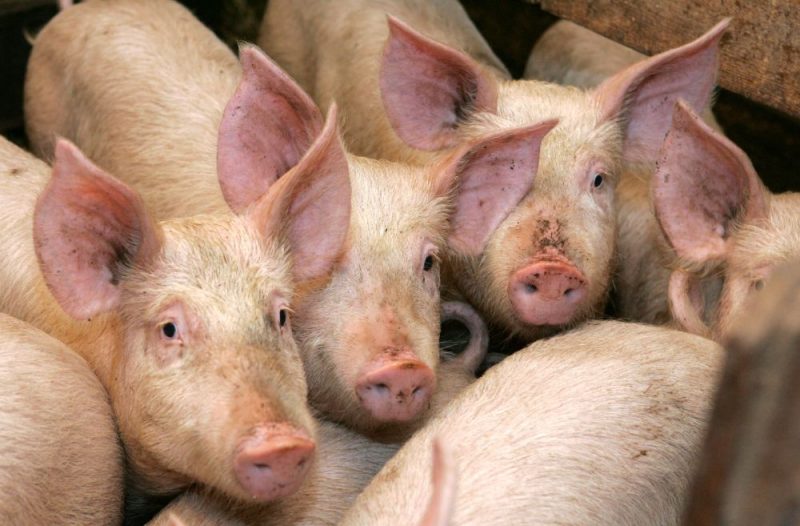Faced with the climate emergency, the CGT Cheminots de Caen union wants to relaunch the metropolitan service project for the city and its surroundings, imagined in the 1990s. A sort of RER for Calvados to develop fares to Lisieux and Bayeux, but also to restore lines to Ouistreham and Thury-Harcourt in service.
What if you could reach the Côte de Nacre, the Suisse Normande or the commercial areas of Mondeville by train? This is the proposal proposed by the CGT Cheminots de Caen. Faced with the challenge of climate change, the union is pulling out of the box a project already mentioned in the early 1990s, especially when the Caen – Flers line finally stopped seeing trains running, in 1993.
Precisely, this service to the Bocage via Suisse Normande is one of the main axes of this Caen RER project. Initially, it was going to be a trip to Hom, to Thury-Harcourt. It would serve currently dormant stops at Louvigny, Saint-André-sur-Orne/Feuguerolle-Bully, Mutrécy and Grimbosq forest. For this, however, it would be necessary to rehabilitate a railway network that has not been used for 30 years and which is now bordered by the Greenway of Francetta bike.
The tram-train would be a possibility, even if we can imagine running TER trains on this line as well. We have railway tracks under the brambles, which still belong to the SNCF networks and which can always be rehabilitated. The studies have been done, we are not on astronomical sums. Today we are investing a lot of money in roads when we could be doing exactly the same thing with railways. This is nonsense in terms of the climate emergency!
David Cardin, general secretary of the CGT Cheminots de Caen
According to the union delegate, a rehabilitation of the Caen-Flers axis would cost around 100 million euros, according to a study conducted a few years ago. The Regional Council estimates the bill at almost 200 million euros. “However, this is an amount lower than the realization of the hypothetical 2×2 carriageways on the road promised for 40 years and estimated at 350 million euros.”
As far as regional decision-makers are concerned, the course of action does not vary: finances are limited, and the priority is to maintain the existing network, in a context in which the State does not provide the guarantee to pay its considerable share of the necessary budget .
Beyond the investments for the revitalization of the lines, there is the choice of rolling stock, which also raises questions according to Jean-Baptiste Gastinne, Vice-President of the Normandy Region, Head of Transportation. “The tram-train is still not very reliable. At the moment, very few are circulating in France. We are studying the possibility of putting Taxirail into service on several small lines, but these vehicles need their own maintenance center, and sometimes structural improvements.“.
In the union project it would therefore be necessary to rrehabilitate railway lines that are now closed, but also use others reserved exclusively for freight transport, such as the one leading to Ouistreham, via Colombelles, Bénouville and Blainville sur Orne. If there are currently bus lines to serve all these communes north and south of Caen, the train could offer a more regular schedule.
Currently there are train drivers and inspectors who sometimes remain stationary for three hours when they could be driving the trains; It would be better for them, and for the users as well.
David Cardin, general secretary of the CGT Cheminots de Caen
In addition to the rehabilitation of the railway tracks, the CGT is proposing to run more trains on the tracks of the Paris-Caen-Cherbourg TER line, between Bayeux and Lisieux. As shown in the map above, several existing stations could host more services each day, such as Audrieu, Bretteville-Norey, Frénouville-Cagny, Moult-Argences and Mézidon.
However, it would be necessary to create stops in Carpiquet, at the Zénith and near the Mondevillage shopping centre. The proposal would have attracted the attention of Joël Bruneau, mayor of Caen, who requested a study from the SNCF. “He is quite open and positive about the expansion of the railway offer in the Caen region“, says David Cardin, general secretary of the CGT Cheminot du Calvados.
The same type of project concerning the development of a metropolitan mobility network around Rouen and Le Havre has already been proposed to the regional council. It was in 2019, by Ceser (Regional Economic, Social and Environmental Department) in his study on daily mobility.
Two years later, in September 2021, the Normandy Region declared its intention to recapture the regional rail network. After several studies, the only project really is that of the section Rouen Louviers. Since the rails are already present, and the short distance, the restart of traffic would amount to 95 million euros. A thousand Normans would probably use it daily for a 33 minute journey, as much as the turnpike. Hervé Morin, president of the Region, hopes it for 2027. The SNCF is instead evaluating it for 2030.

/regions/2022/11/21/637b887f920ac_carte-rer-caennais.jpg)
/regions/2022/11/22/637c9b88c0254_maxnewsworldfour249725.jpg)

